Fine Motor Skills Kindergarten Building Vocabulary Worksheets
6 filtered results
-
From - To
Enhance your child's early learning experience with our Fine Motor Skills Kindergarten Building Vocabulary Worksheets! Designed for young learners, these engaging worksheets combine vocabulary building with fine motor skill development. As children trace letters, cut shapes, and engage in hands-on activities, they not only expand their vocabulary but also strengthen hand-eye coordination and dexterity. Our worksheets are printable and easy to use, making learning both fun and effective at home or in the classroom. Perfect for kindergarteners, these resources will inspire creativity and a love for learning. Download now to provide a strong foundation for literacy and fine motor skills!


Red and Blue Coloring Fun Worksheet
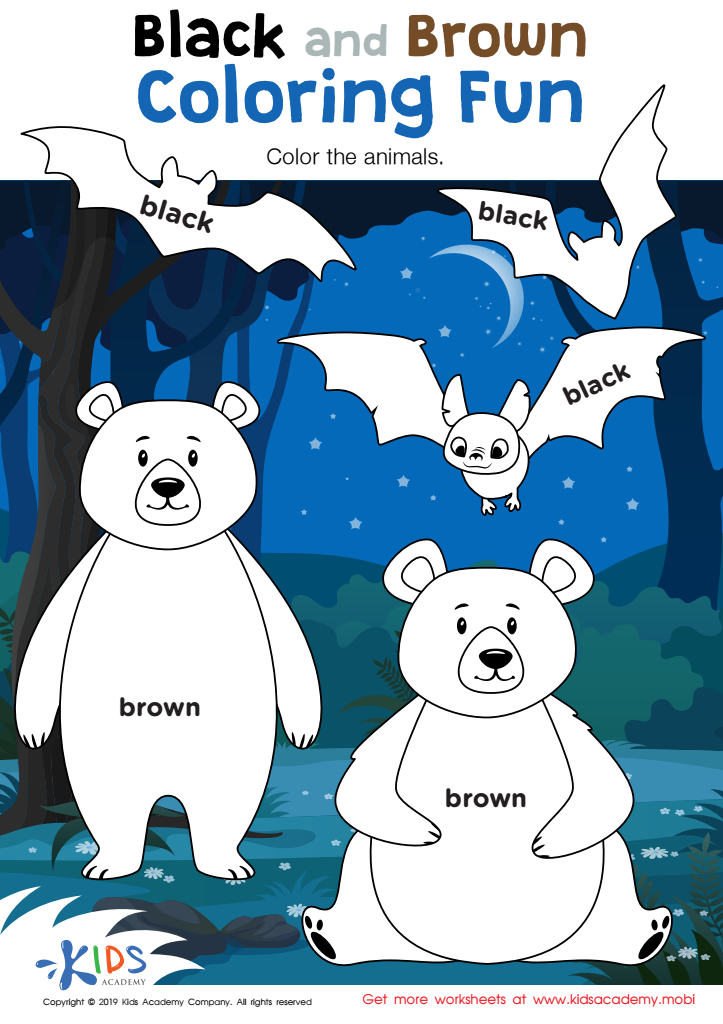

Black and Brown Coloring Fun Worksheet
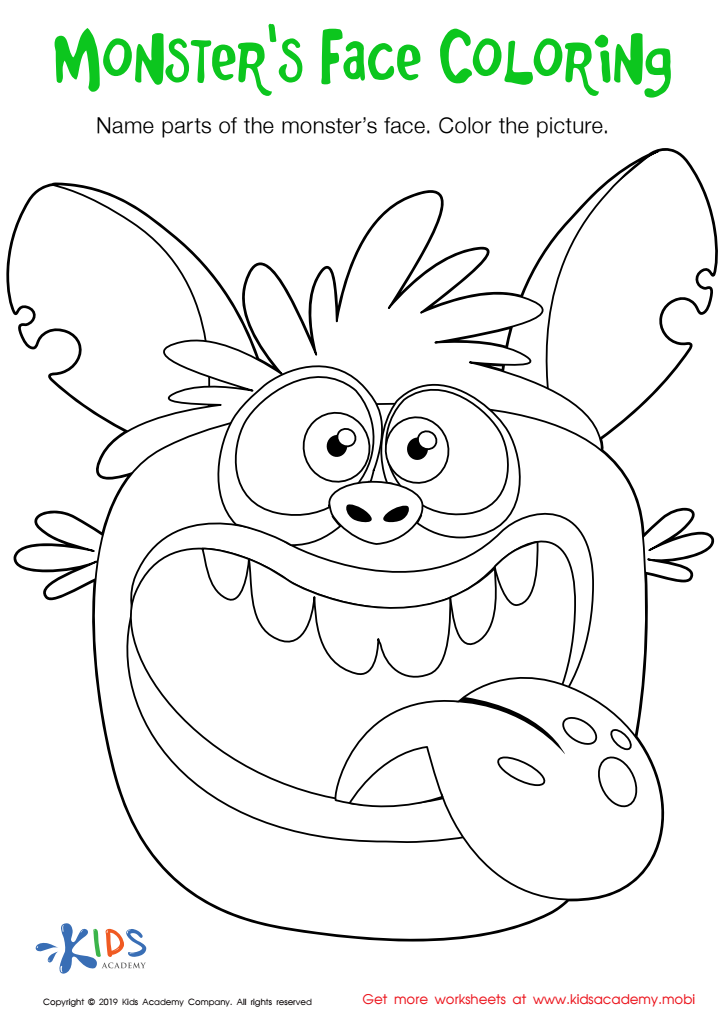

Monster's Face Coloring Worksheet
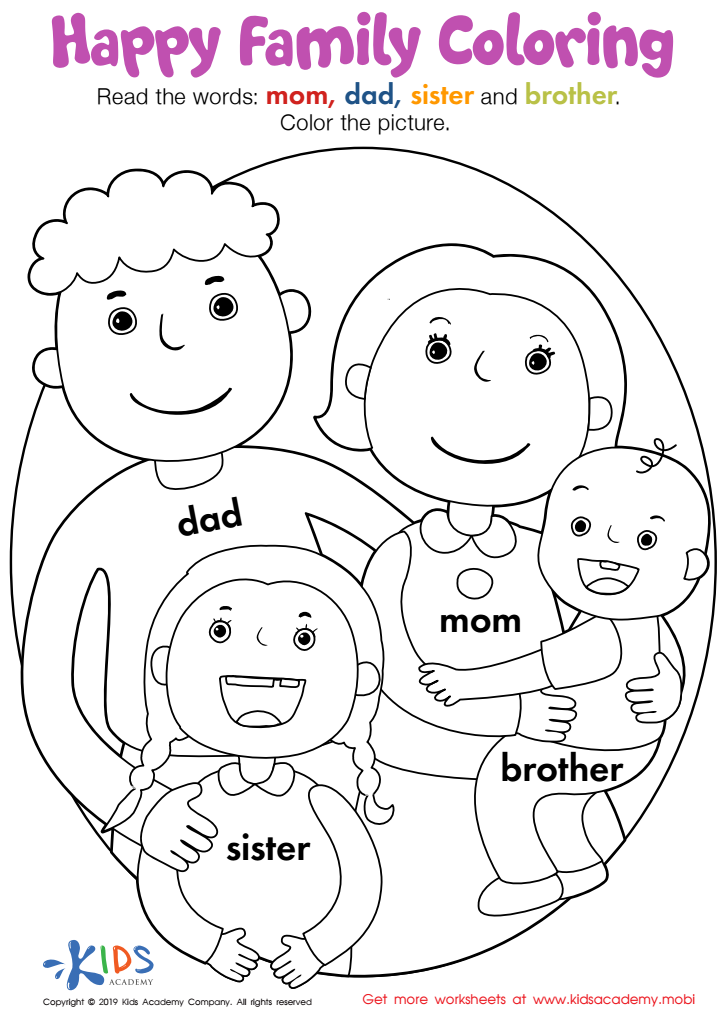

Happy Family Coloring Worksheet


Pair Pears Worksheet
Fine motor skills are essential for young children as they encompass the small muscle movements typically involving the hands and fingers. In kindergarten, these skills are crucial not only for daily activities such as writing, coloring, and using scissors but also serve as foundational building blocks for vocabulary development. Engaging in fine motor activities fosters concentration, hand-eye coordination, and the ability to manipulate objects, which can significantly influence a child’s ability to grasp new words and concepts.
When children develop strong fine motor skills, they gain the confidence to explore new vocabulary through hands-on learning experiences, such as crafting, playing with blocks, or engaging in sensory play. These activities encourage language development as children describe their actions, share their thoughts, and articulate their experiences using new vocabulary.
Furthermore, when parents and teachers prioritize fine motor skill activities in the curriculum, they are actively supporting cognitive and linguistic development. By encouraging children to engage in fine motor tasks, they can enhance their ability to communicate effectively, process information, and relate to their peers. Ultimately, fostering these skills not only enriches a child's language acquisition but also promotes their overall confidence and competence in the classroom.

 Assign to My Students
Assign to My Students
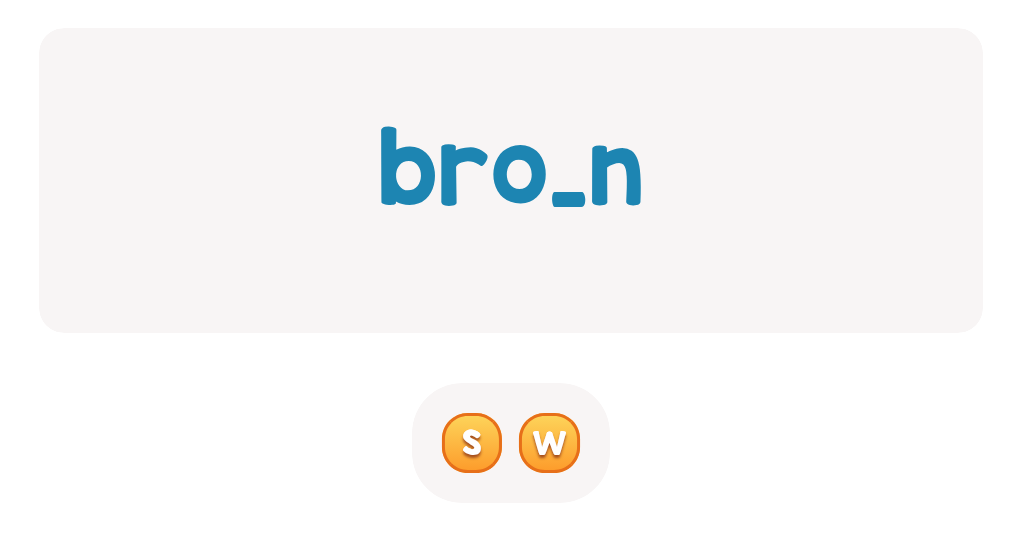
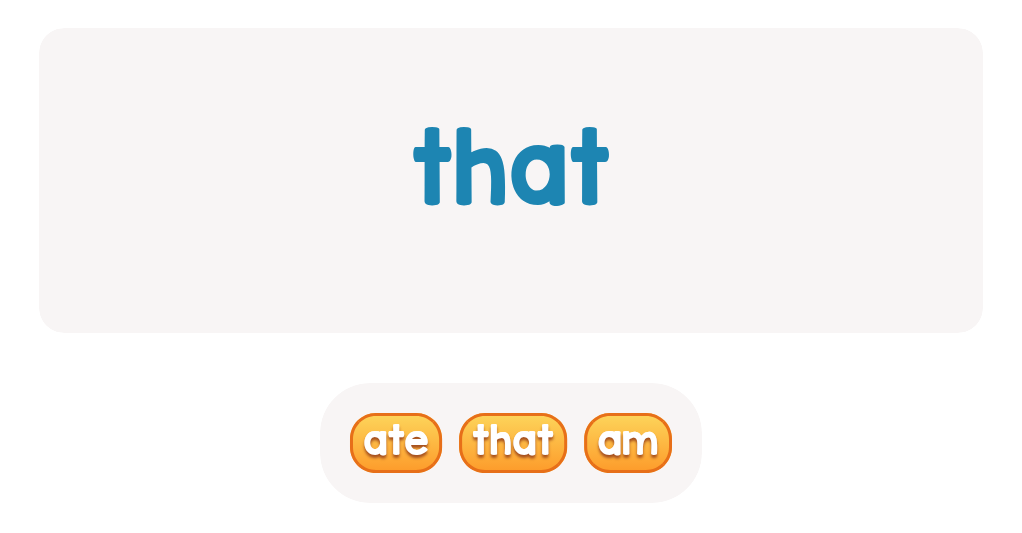


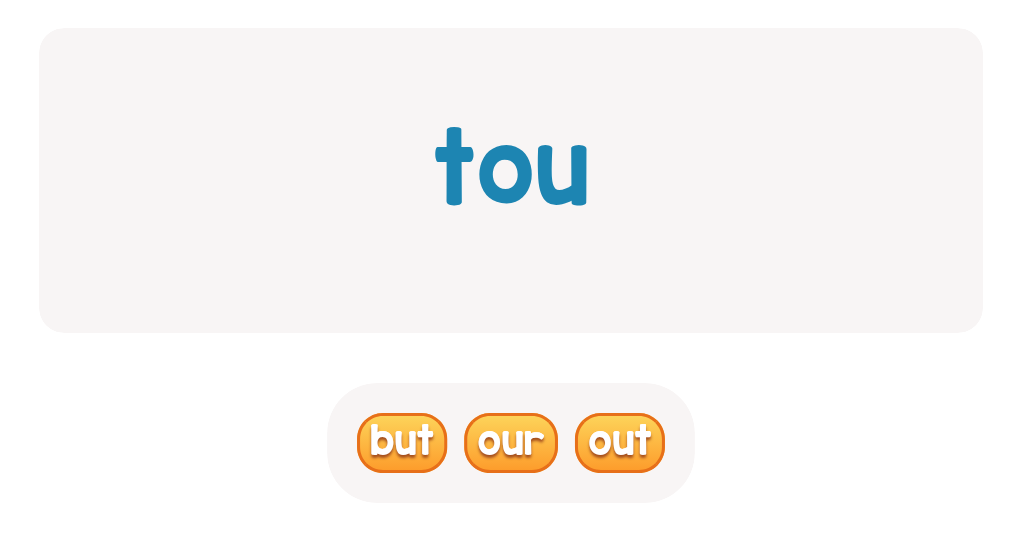
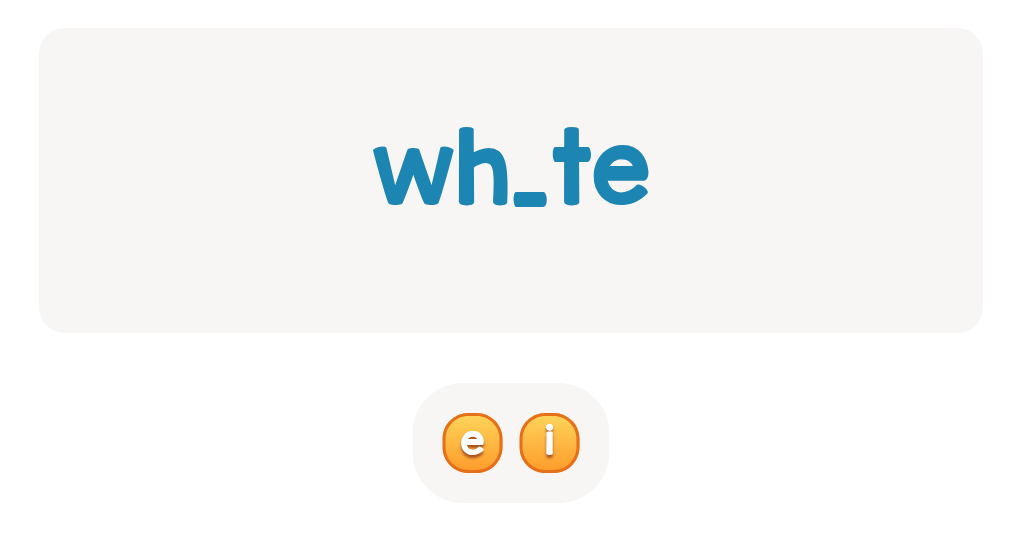
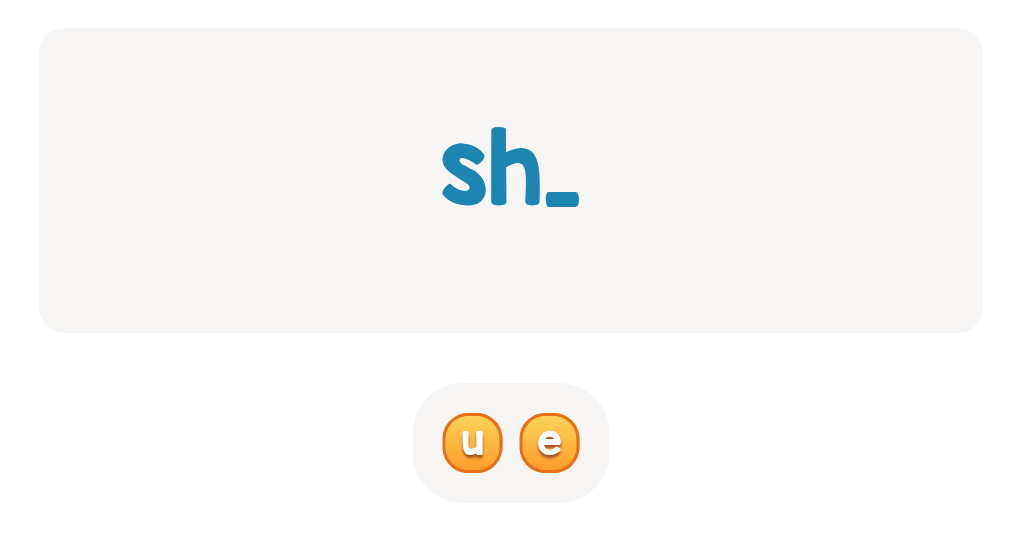
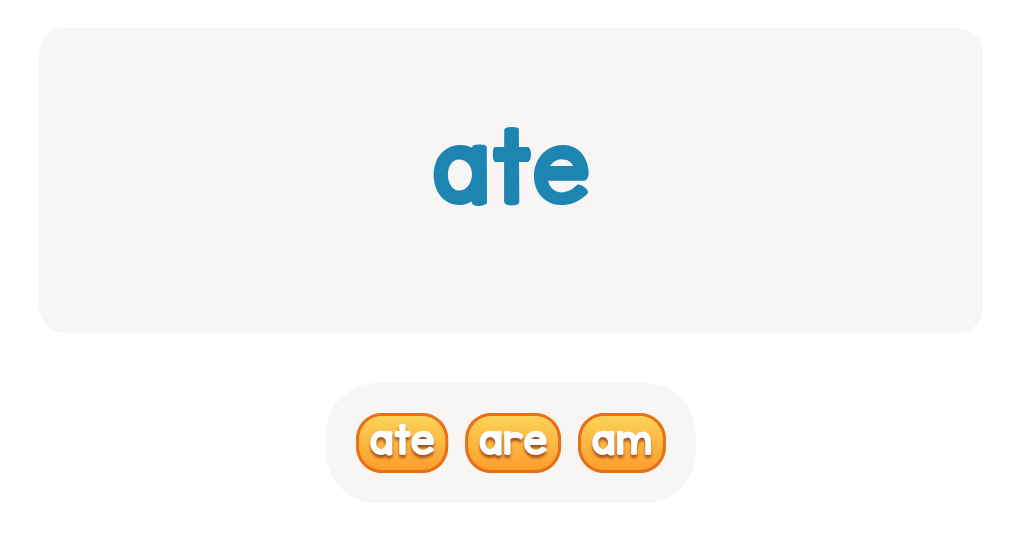
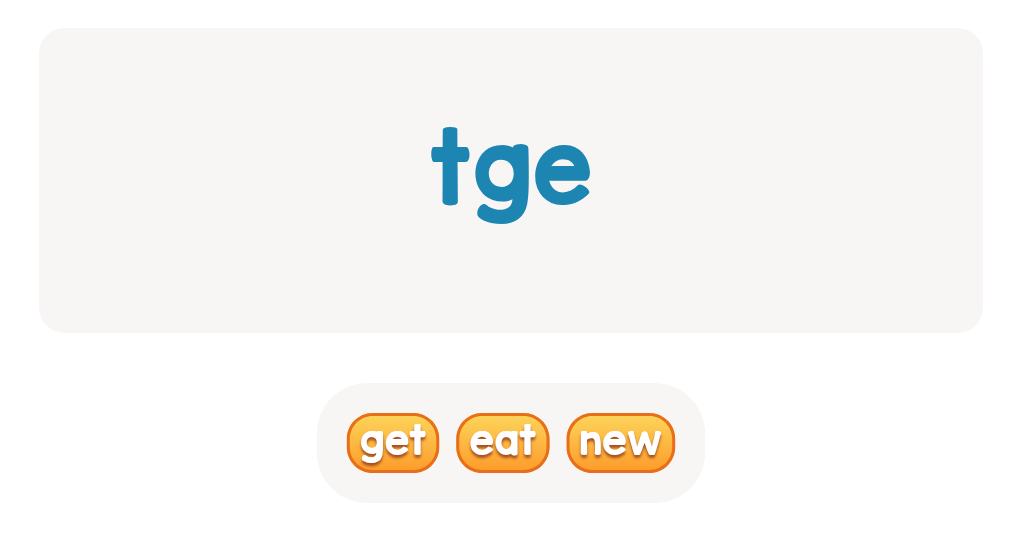
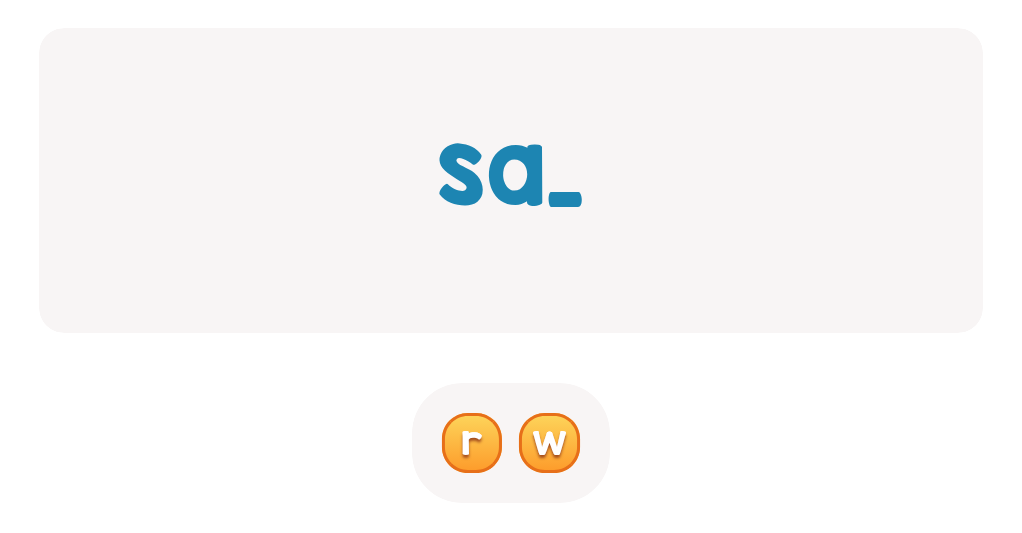

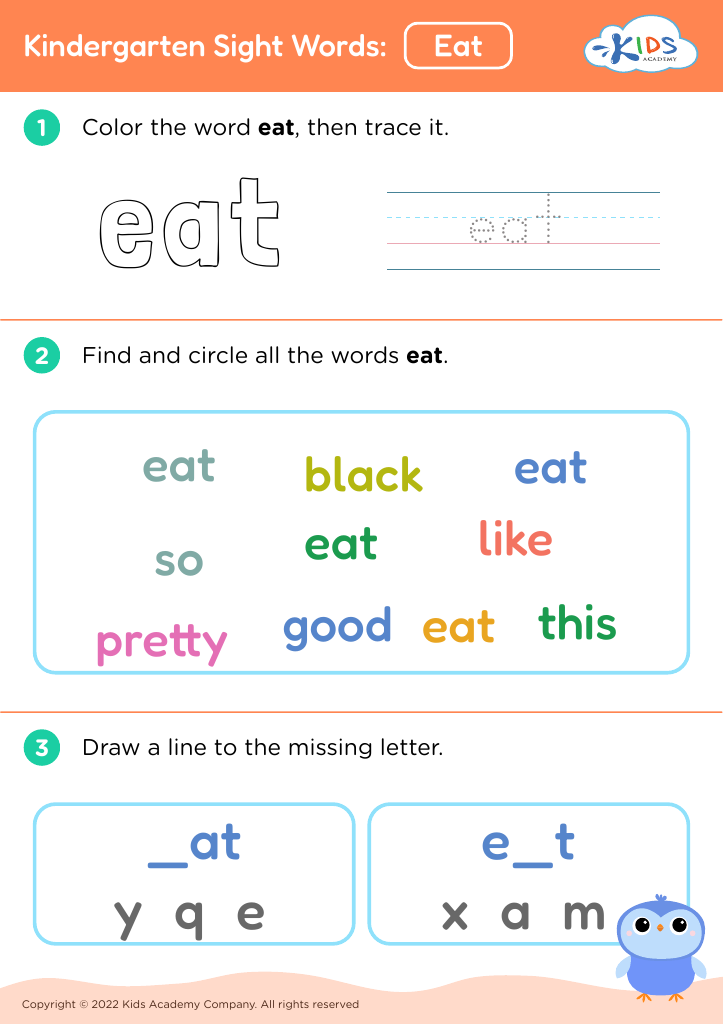



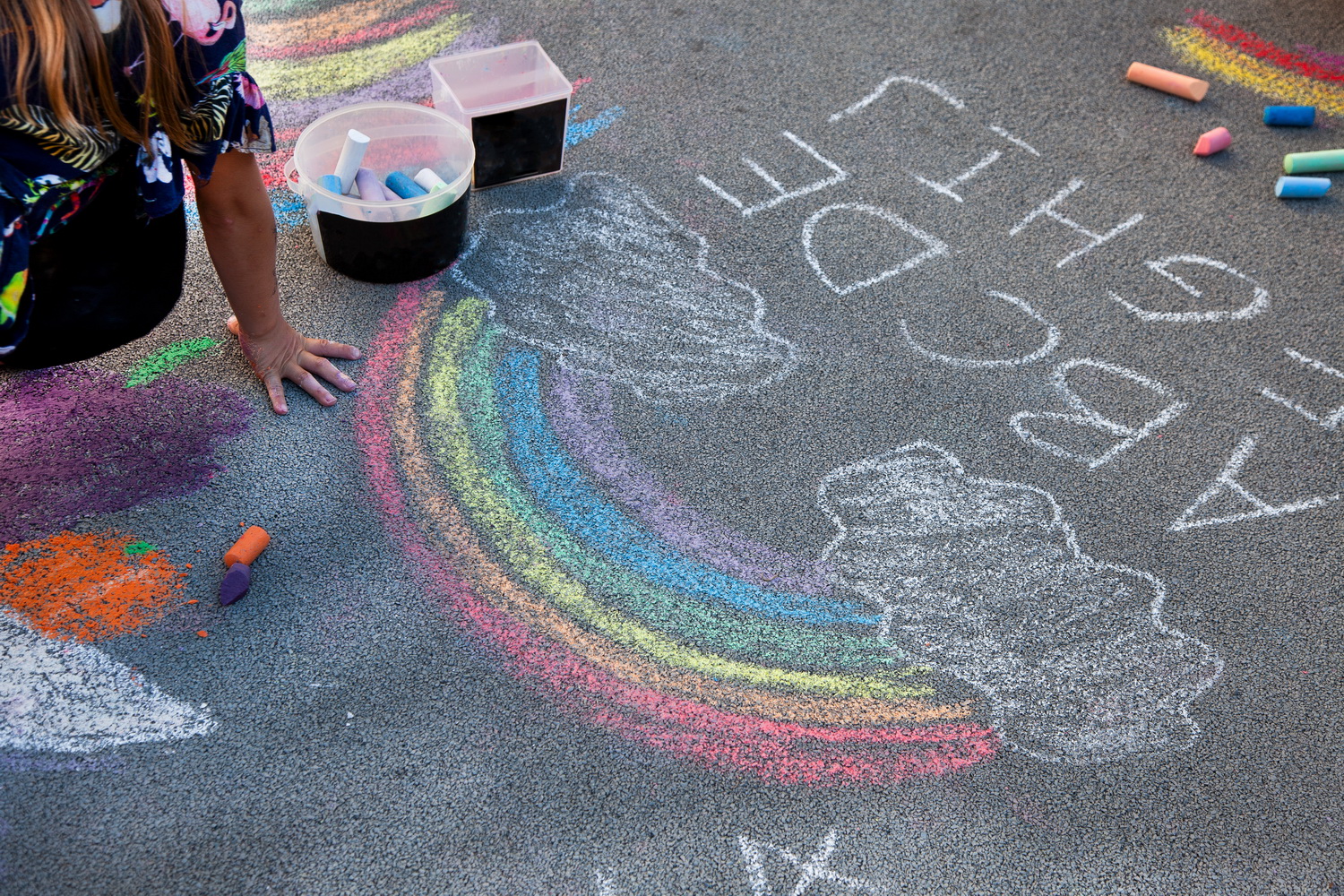


.jpg)








